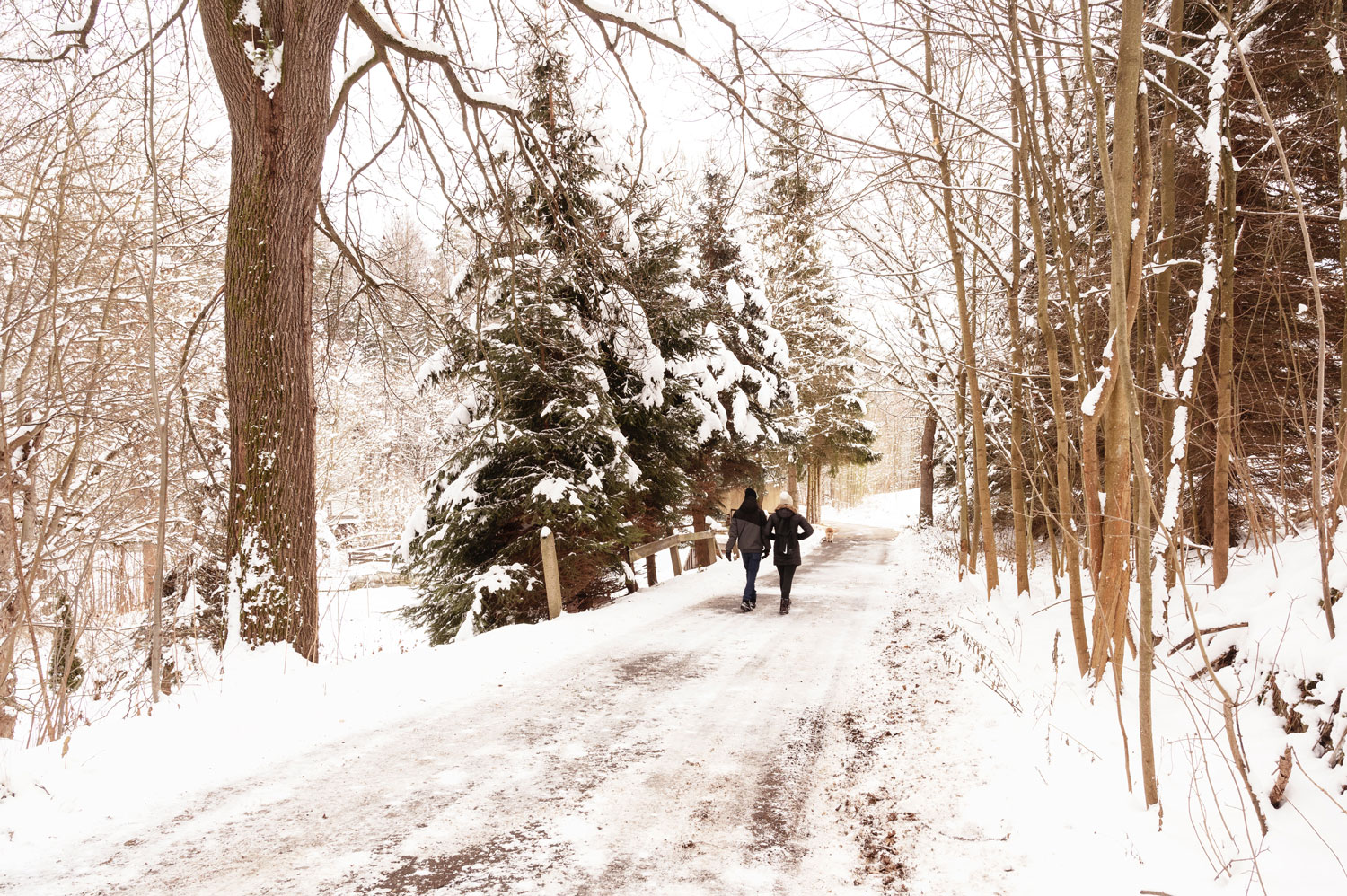It’s a wonderful feeling to burn off some of the excesses of the festive season with a crisp, wintry rural walk.
Getting out in the countryside is good for our physical and mental health, a fact celebrated by the Festival of Winter Walks which takes place over the Christmas and New Year period.
However, over-enthusiastic ramblers or casual walkers who are enjoying the countryside at this time of year may not be aware that they are potentially trespassing – especially if they are tempted to go off the beaten track.
Landowners and farmers should also know their rights and responsibilities when it comes to public rights of way and be aware of how they can respond if trespassers become a nuisance.
How do I know if there is a right of way on my land?
If you are unsure as to whether you have public rights of way over your land you can check the legal record – the ‘definitive map’. This is a legal document that must be held and kept up to date by every county council or unitary authority in England and Wales.
It shows every right of way in the area and is usually accompanied by a document called the definitive statement, which records extra information such as limitations on the public’s use of stiles and gates. These documents are free to view at council offices and are sometimes available online.
What are my responsibilities for a right of way that is on my land?
If you own or occupy land crossed by a public right of way, it is your responsibility to keep the route clear and safe for users.
This means you must keep paths clear, safe and free from hazards, including overgrowing vegetation. Obstructions such as fences, locked gates or parked machinery are a statutory offence, and it is the responsibility of the landowner to clear trees or branches that have fallen on or across a right of way.
Attempts to deter walkers – for example by using barbed wire on fences or styles – are illegal, as is the installation of new gates and styles without the permission of the relevant authority.

What can I do if people come off the right of way and trespass on my land?
It is important to clearly signpost rights of way to encourage walkers to stick to the permitted route – otherwise you may find it difficult to argue that any actions you take against trespassers are justified.
If someone is considered to be trespassing, you are entitled to ask them to leave and, if they refuse, you may use ‘reasonable force’ to remove them.
Approach this with caution, as the definition of ‘reasonable force’ is highly subjective and many landowners have been prosecuted for using excessive force.
No matter how persistent a trespasser is, you cannot use threatening behaviour or deliberately put the public at risk, for example by putting up barbed wire in places where the public may gain access.
Can a route become a right of way if it is used often enough? And how can I prevent that?
The NFU reports that it has seen an increase in enquiries about trespass from landowners, a rise thought to be linked to more people walking across farmland during the Covid-19 lockdowns.
A public right of way can be established in a number of ways and the most common is known as “presumed dedication”. Put simply, the fact that a route has been used by the public without challenge for a significant period of time is used as evidence that the landowner intended to dedicate it as a right of way.
The key phrase here is “a significant period of time”, and what that should be when it comes to presumed dedication. Under statute the Highways Act 1980 sets this period as 20 years or more. However, presumed dedication can also take place under common law, and this muddies the waters because there is no set rule in common law about what a “significant period” should be.
The National Farmers Union (NFU) is concerned enough about this to start a new member benefit, supported by trusted legal partners such as Thrings, to help landowners safeguard their position. Find out more about this service here.
Thrings has one of the largest and most experienced teams of agricultural lawyers in the UK and is ranked in Band 1 by Chambers Guide to the Legal Profession and in the Top Tier by Legal 500. Contact the team here.



